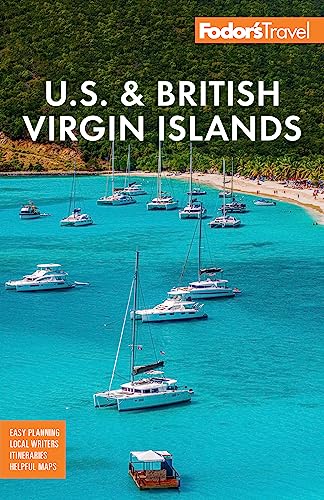St. John Archaeology
Archaeologists continue to unravel St. John's past through excavations at Trunk Bay and Cinnamon Bay, both prime tourist destinations within Virgin Islands National Park.
Work began back in the early 1990s, when the park wanted to build new bathhouses at the popular Trunk Bay. In preparation for that project, the archaeologists began to dig, turning up artifacts and the remains of structures that date to AD 900. The site was once a village occupied by the Taíno, a peaceful group that lived in the area for many centuries. A similar but not quite as ancient village was discovered at Cinnamon Bay.
By the time the Taíno got to Cinnamon Bay—they lived in the area from about AD 1000 to 1500—their society had developed to include chiefs, commoners, workers, and slaves. The location of the national park's busy Cinnamon Bay campground was once a Taíno temple that belonged to a king or chief. When archaeologists began digging in 1998, they uncovered several dozen zemis, which are small clay gods used in ceremonial activities, as well as beads, pots, and many other artifacts.
Near the end of the Cinnamon Bay dig archaeologists turned up another less ancient but still surprising discovery. A burned layer indicated that a plantation slave village had also stood near Cinnamon Bay campground; it was torched during the 1733 revolt because its slave inhabitants had been loyal to the planters. Since the 1970s, bones from slaves buried in the area have been uncovered at the water's edge by beach erosion.




